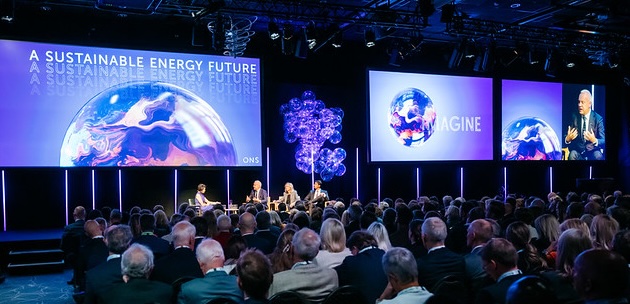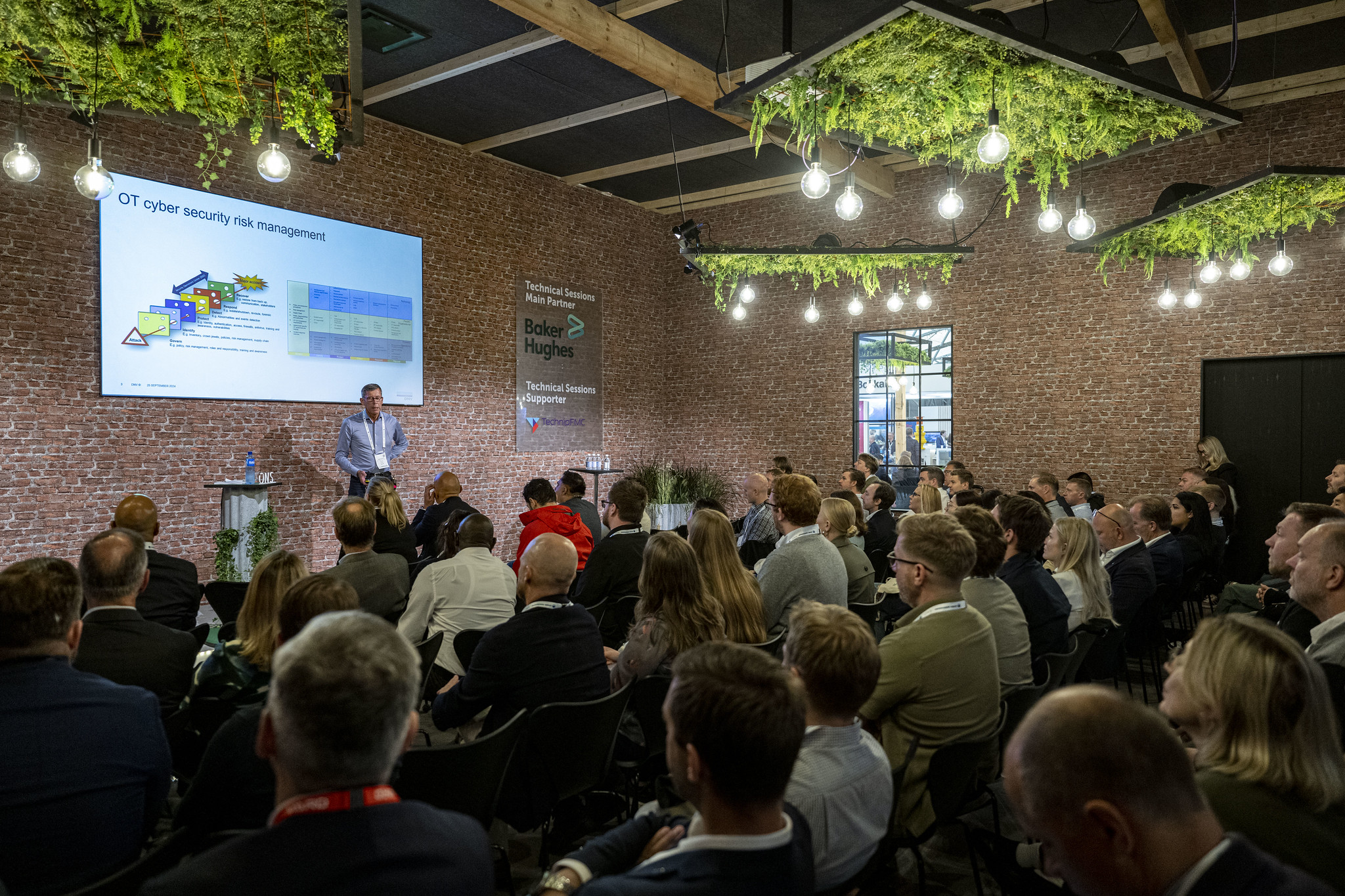5% for Our Future: What the NATO Summit Means for Security and Resilience
The NATO Summit in The Hague was historic, not only because of the headlines it made, but also because of the structural shift it signaled for the Alliance. The decision to increase spending on security to 5% of GDP, with 3.5% allocated to military defense and 1.5% to civilian resilience, is more than just a financial milestone. It redefines what security means in an era of multipolarism, hybrid threats, and systemic instability.

The NATO Summit in The Hague was historic, not only because of the headlines it made, but also because of the structural shift it signaled for the Alliance. The decision to increase spending on security to 5% of GDP, with 3.5% allocated to military defense and 1.5% to civilian resilience, is more than just a financial milestone. It redefines what security means in an era of multipolarism, hybrid threats, and systemic instability.
This was no ordinary summit. Carefully choreographed and deeply strategic, the summit sent a powerful message: unity is not just a principle — it is the lifeblood of an alliance that must remain credible and capable. It also reaffirmed a truth we cannot ignore: security today requires strength, stamina, deterrence, and resilience.
Let's be honest, Europe is not doing this for Trump, but because of him. His stance on NATO has prompted a long-overdue reassessment of the dependencies and vulnerabilities in allied capitals. What began as discomfort has become momentum. Europe is stepping up, not only to appease Washington, but also to take on more responsibility.
However, the upcoming U.S. Global Posture Review will clarify how American troops deployments may evolve in the coming years. European allies should hope for continuity but prepare for a scenario in which it must assume greater responsibility. This requires foresight, capacity building, and ensuring that any potential shift is met with credible political will, operational readiness, and industrial resilience. The Hague was a signal that this message has been received. It showed that Europe is finally getting serious. However, its governments must not leave the summit with the impression that the job is done. It was merely the beginning.
The institutional changes adopted at the summit reinforce this idea. The new NATO directorates on innovation, resilience, and strategic foresight represent more than just bureaucratic upgrades. They enable the Alliance to anticipate, adapt, and act in a world where agility is as important as strength. These structures are the connective tissue that will translate vision into readiness. Without them, the 5% would risk becoming merely symbolic. With them, however, it becomes actionable.
The 1.5% earmarked for civilian resilience is particularly transformative. Though it is less headline-grabbing than tanks or jets, it could be the most consequential. The NATO Resilience Reference Curriculum, a comprehensive catalog of over 200 practical measures, offers a blueprint. For the energy sector, it is an operational guide.
Civilian resilience is not abstract. It means securing digital systems, reinforcing critical infrastructure, burying energy lines to protect against kinetic attacks, creating redundancy across borders, and preparing citizens for disinformation and disruption. It is about maintaining continuity under pressure. In an era of gray-zone conflict and systemic shocks, societies must endure more than just firepower. They must absorb disruption and remain functional.
This is where the private sector, particularly the energy industry, comes in. The 1.5% commitment redefines the role of industry. Energy providers are strategic enablers of national resilience, not just suppliers. This reality was underscored in The Hague. Governments alone cannot build resilience. The infrastructure that powers modern life – grids, logistics, and data flows – must now be seen as part of the broader defense architecture.
What does this mean in practice? It means that public-private cooperation must be strengthened. Civilian actors must be incorporated into security planning. Investments in resilience, from physical hardening to cybersecurity, are essential. And they must happen quickly. This is not because war is inevitable, but because preparedness is non-negotiable.
Ambitious declarations alone do not defend. Capabilities do. For the 5% to deliver on its promise, it must be operationalized fast. This requires reforming the procurement process to reduce timelines, improving interoperability among allies, coordinating planning between civilian and defense agencies, and ensuring investments made now will yield capabilities by the end of the decade. 2035 is the outer horizon, not the starting line. The pace of delivery is as important as the scale of commitment.
In that context, Germany’s pledge to meet the 3.5% hard defense target by 2029 – translating to €153 billion annually for the Bundeswehr – is notable. This commitment signifies a shift in resources and a change in mindset. Others across the Alliance will need to follow suit. Not because 5% is a magic number, but because the world we face requires more than we currently have.
One shortcoming of the summit remains difficult to ignore: Ukraine did not occupy the central place it deserved. Their fight is not just for territory, but also for principles: sovereignty, freedom, and security. Their resilience is our frontline. Their struggle is a test of our credibility. The summit missed an opportunity to make their cause the focus of our discussions. We should acknowledge that and correct it. Supporting Ukraine is not charity. It is a matter of strategy.
The implications of The Hague are profound for the energy community. The new resilience agenda affects your systems, responsibilities, and future. You are no longer on the periphery of the conversation. You are central. From physical infrastructure to institutional trust and from emergency preparedness to cyber security, your domain is now a security domain.
The message from The Hague is clear: the mandate exists. The framework is in place. What we need now is execution – coordination, credible, and fast.
We cannot afford to lose this momentum. Let's use it.
Benedikt Franke
Vice-Chairman & CEO,
Munich Security Conference

Ticket sales for ONS 2026 are now open
post

Speaker opportunity at Technical Sessions
post


